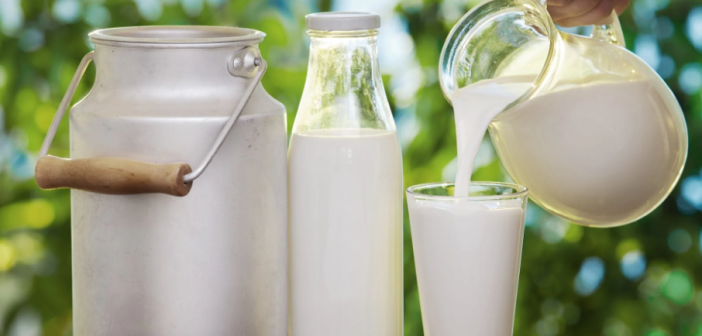India has solidified its position as the global leader in dairy production, contributing 25 percent of the world’s total milk output. Since first achieving the top rank in milk production in 1998, the nation has consistently maintained its dominance, witnessing remarkable growth over the years. Milk production has risen by an impressive 63.56 percent in the last decade, increasing from 146.3 million tonnes in 2014-15 to 239.2 million tonnes in 2023-24, with an average annual growth rate of 5.7 percent. By comparison, global milk production has grown at a much slower pace of 2 percent annually during the same period. Per capita availability of milk in India has seen a substantial rise of 48 percent, reaching 471 grams per person per day in 2023-24, significantly higher than the global average of 322 grams per person per day.
The Department of Animal Husbandry and Dairying has played a crucial role in driving this growth through its wide range of schemes aimed at improving milk production and strengthening dairy infrastructure across the country. Among these is the National Programme for Dairy Development, which comprises two major components. Component A focuses on building and upgrading infrastructure for milk testing and primary chilling facilities, benefiting state cooperative dairy federations, district cooperative milk producers’ unions, self-help groups, milk producer companies, and farmer producer organizations. Component B, titled “Dairying through Cooperatives,” seeks to increase the sale of milk and dairy products by improving farmers’ access to organized markets, upgrading dairy processing and marketing facilities, and enhancing the capabilities of producer-owned institutions.
The Supporting Dairy Cooperatives and Farmer Producer Organizations engaged in dairy activities scheme provides financial support to state dairy cooperative federations, offering interest subvention on working capital loans to help them navigate market disruptions or natural disasters. The Animal Husbandry Infrastructure Development Fund has also been a game-changer, facilitating credit to entrepreneurs, cooperatives, private companies, and small and medium enterprises for projects in the animal husbandry sector. This includes establishing dairy processing and value-added infrastructure, animal feed manufacturing plants, and breed improvement facilities, as well as initiatives for waste-to-wealth management and veterinary vaccine and drug production.
The Rashtriya Gokul Mission has been instrumental in enhancing milk production and productivity by focusing on the conservation and genetic improvement of indigenous cattle breeds. This initiative underscores India’s commitment to preserving its rich heritage of native bovine species while boosting the efficiency of milk production. The National Livestock Mission has further amplified efforts in entrepreneurship development and breed improvement across various livestock sectors, including poultry, sheep, goats, and pigs, through incentives to individuals, producer organizations, and state governments.
Livestock health and disease control have also been prioritized through the Livestock Health and Disease Control Programme. This comprehensive initiative includes vaccination drives to prevent animal diseases, capacity building for veterinary services, disease surveillance, and the strengthening of veterinary infrastructure. These measures have not only improved livestock health but have also ensured consistent and high-quality milk production.
In addition to infrastructure and health interventions, the government has leveraged digital platforms and social media campaigns to promote the nutritional benefits of milk. These campaigns, which include engaging posts, infographics, and videos, have successfully raised awareness among citizens and encouraged greater consumption of milk and dairy products. By highlighting the role of milk in a balanced diet, these efforts aim to boost domestic demand and support the livelihoods of millions of dairy farmers.
India’s sustained focus on the dairy sector is a testament to its commitment to achieving food security and supporting rural development. With comprehensive policies and innovative programs, the country continues to strengthen its position as the world’s leading milk producer while ensuring economic empowerment for farmers and entrepreneurs in the sector. This transformative journey reflects the nation’s vision of a thriving and sustainable dairy industry that benefits both producers and consumers alike.





